MUKILTEO—Roughly 26 Edmonds College Archeology students have been digging Mukilteo’s Japanese Gulch since July 7 in search of long-lost pieces of Snohomish County history. When their dig ends on August 1 they are expected to have uncovered over 1,000 artifacts from the early 1900’s which will then be cleaned, processed, and donated to the Burke Museum for display.
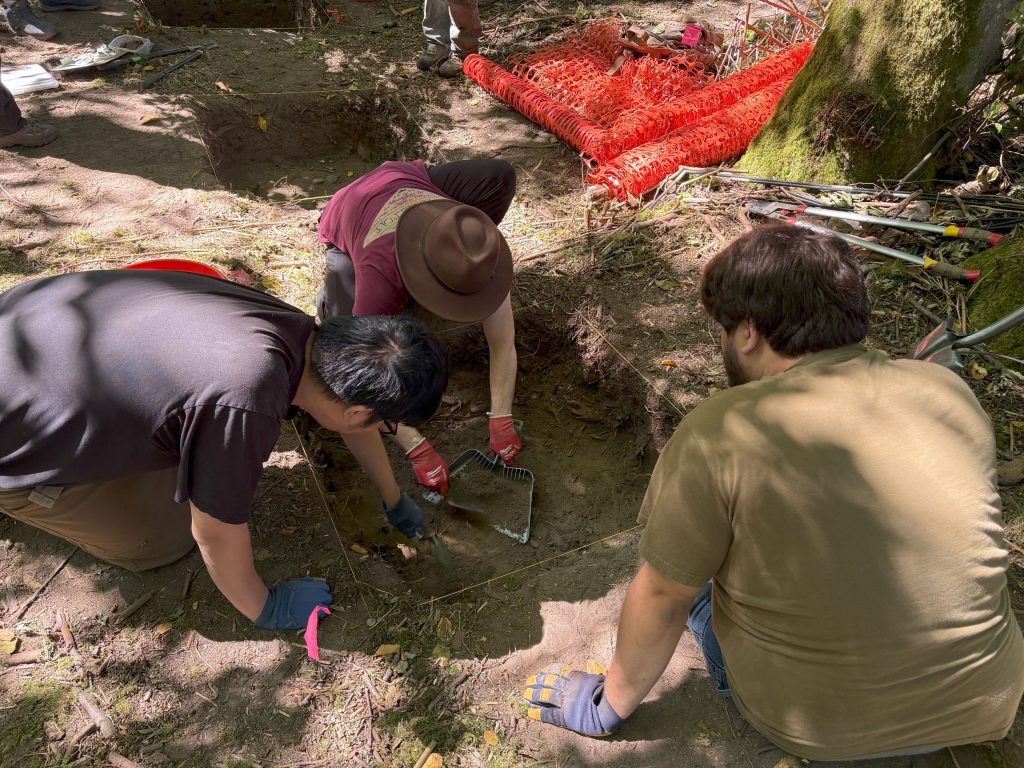
From the late 1800’s through the 1930’s Washington State’s lumber industry had reached its prime. Logging camps quickly settled in Mukilteo, with its dense forests of Douglas fir and cedar trees being an abundant resource to meet the building needs of the Greater Seattle area and beyond.
By 1903, however, the Mukilteo Lumber Company experienced a tremendous labor shortage likely driven by a general shift in the U.S. workforce toward professional and service-oriented jobs – with blue collar jobs (such as lumber mills) becoming less desirable and prestigious.
Around this time, Japan was undergoing a societal and economic metamorphosis. The Meiji Restoration had officially brought Feudalism to a close, returned power to the emperor, and for the first time in roughly 200 years rural Japanese workers sought opportunities elsewhere. They were attracted to Washington State for its robust lumber industry and the recent completion of the Transcontinental Railroad.
For the Mukilteo Lumber Company (which became the Crown Lumber Company in 1909), it seemed like a natural fit to hire the influx of Japanese immigrants to fill the gaps in labor. Many of these Japanese lumber workers lived in a residential area which was referred to as “Japanese Gulch.”

Most of Japanese Gulch’s residents were men until the 1920’s when women, and children, began to move in, according to Census data at the time. Despite Caucasian workers willingly leaving the industry, these Japanese immigrants were frequently met with hostility and discrimination from Mukilteo residents and lumber workers with threats of strike. Still, these workers were integral to building many of Washington’s cities such as Tacoma, Snoqualmie, Port Townsend, and Wenatchee, according to the Burke Museum.
When the Crown Lumber Company closed in 1930 due to the Great Depression, many of these Japanese workers left the area seeking work elsewhere. Over the years the gulch had many functions. It served as a military base during the Second World War and underwent a contentious bidding war in the early 2000’s where developers considered both building residential houses or expanding nearby Paine Field Airport.
In 2014 the City of Mukilteo purchased a portion of the gulch from the Metropolitan Creditors Trust of Coeur d’Alene for $5.4 million. It was then preserved by the city as a public park.
Though through these ebbs and flows of time, items and artifacts once belonging to the Japanese families living here have long been lost underground – preserved by the sandy loam soil…until today.
At Edmonds College’s Archeology Field School, which began in 2022 and is now in its third year, students learn the ins-and-outs of what it means to be a real-life Indiana Jones; at least the academic side to George Lucas’ popular character, maybe not so much the giant boulders, cursed temples, and holy grails.

Throughout the program students learn about sustainable food production, tribal canoeing journeys, ethnobotany, wildlife tracking, green infrastructure, and archaeological surveys and excavations. Students who take the course this Fall will also have the opportunity to process found artifacts in a lab setting.
Dr. Alicia Valentino, Associate Faculty at Edmonds College and Principal Investigator of the dig, told the Lynnwood Times that Mukilteo’s Japanese Gulch was chosen as the site for the college’s Archeology Field School dig due to its accessibility, proximity to home, and her connection to it back in 2009 when she, herself, had dug in search of pieces of Washington’s underrepresented history.
“It was a site that I knew existed, was still intact, and we had access to the property,” said Dr. Valentino. “It’s also an underrepresented history, looking at the Japanese Americans who have lived here for 30 years in the early 1900’s. Things just lined up and it was sort of fortuitous.”
Dr. Valentino contacted Andy Galuska, Planning and Community Development for the City of Mukilteo, to seek access to dig. Galuska then passed the word along to Mukilteo Mayor Joe Marine, who, according to Valentino, enthusiastically granted her students access.
The College’s Archeology Field School program is meant to be a low-barrier, accessible, program meaning students can enroll without having any knowledge about archeology or prerequisites. The class does fill up quickly though, Dr. Valentino said, with this year’s class capping out just 48-hours after enrollment went live.
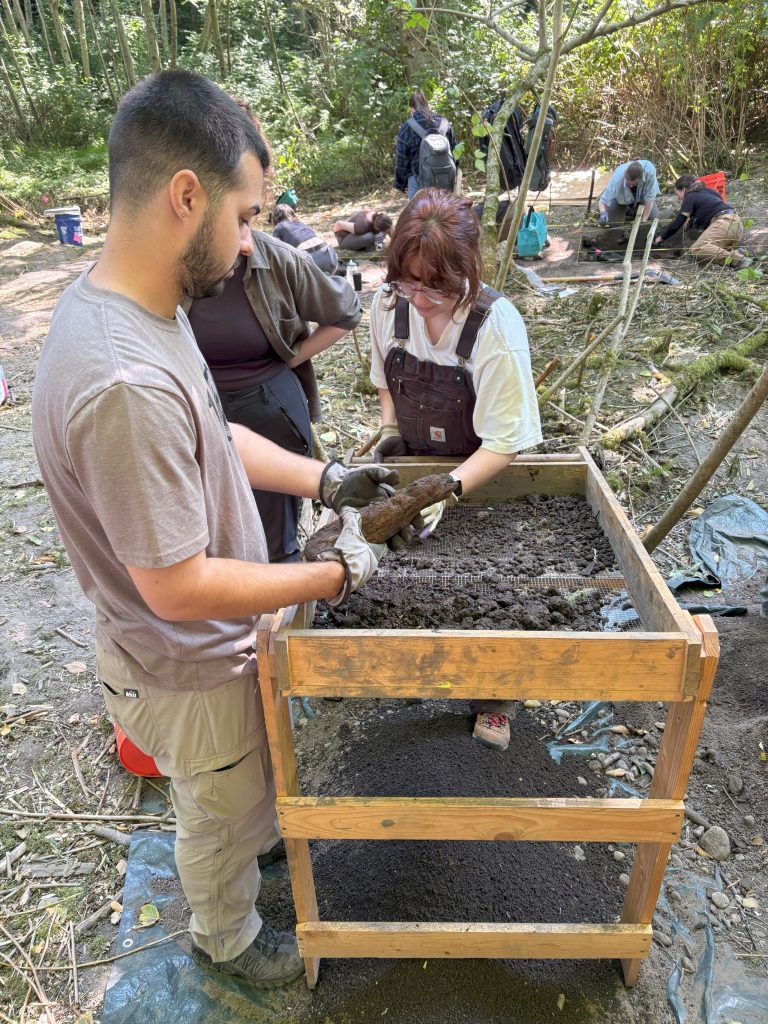
The program has an extremely high success rate among students who want to pursue a career in professional archeological fields, the college said, with the first year having a 100% success rate, and subsequent years still being 90-100% of students (who were interested in pursuing careers in archeology) finding work, at least part-time.
“Here I can actually work in the ground, rather than working in a lab, so I can gain the skills to eventually get into cultural resource management after I graduate and perhaps pursue a more academic focus on archeology or paleontology,” Nicholas Newberg, University of Washington Biology student enrolled in Edmonds College’s Archeology program, told the Lynnwood Times.
Brandon Nguyen, student of Edmonds College’s Archeology program, added that one of the things he was most attracted to about the dig was learning about the “everyday lives” of Japanese American workers in the early 1900’s that often aren’t well documented, especially given the colonial influence on history. For him, as an Asian American, the dig also allows him to get in touch with his roots while learning about Mukilteo’s diverse history.
At the dig site students separate into groups, with some digging, others separating, and others cleaning and labeling the materials. They then conduct research on the items found which will be compiled into a final report before heading to the Burke Museum this Spring.
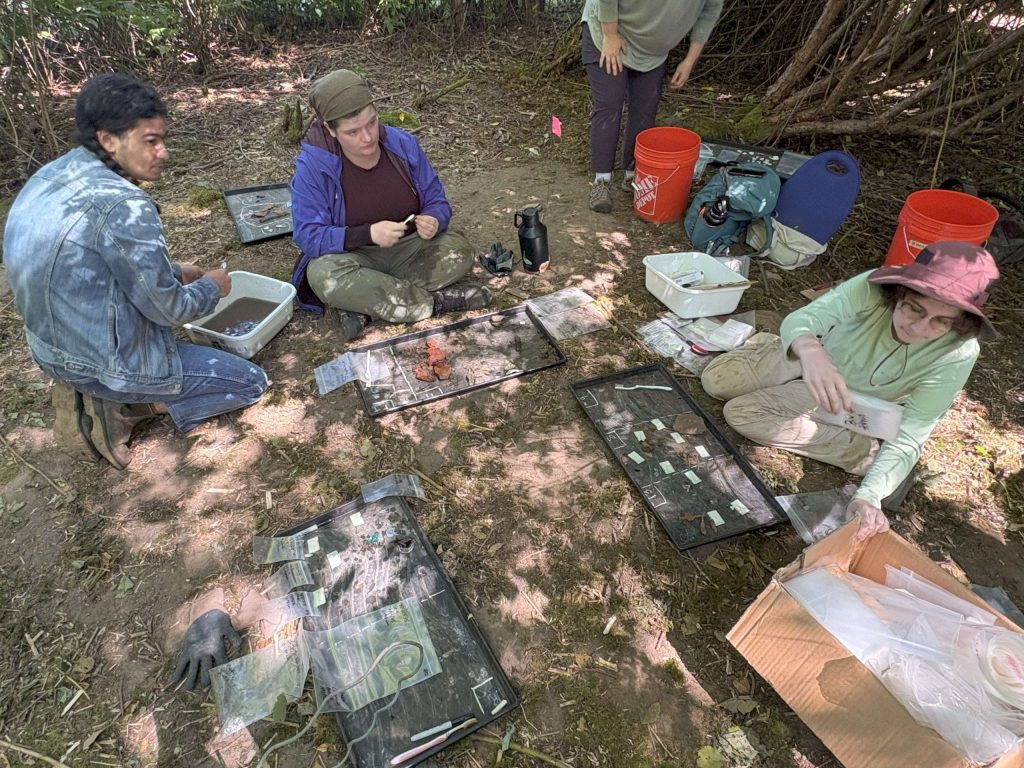
Though the Japanese Gulch is home to many animal species — including black-tailed deer, coyotes, herons, and various bird species – diggers are intentional about not disturbing the nearby wetlands or stream. When the dig concludes next week, all of the holes will be filled in with, what’s called, “backfill” virtually leaving no trace the excavators were ever there.
Items uncovered at the Japanese Gulch so far include bottles, nails, pieces of pottery, ceramic, stone fruit pits, and old toothbrushes – all time capsules of a once forgotten age.

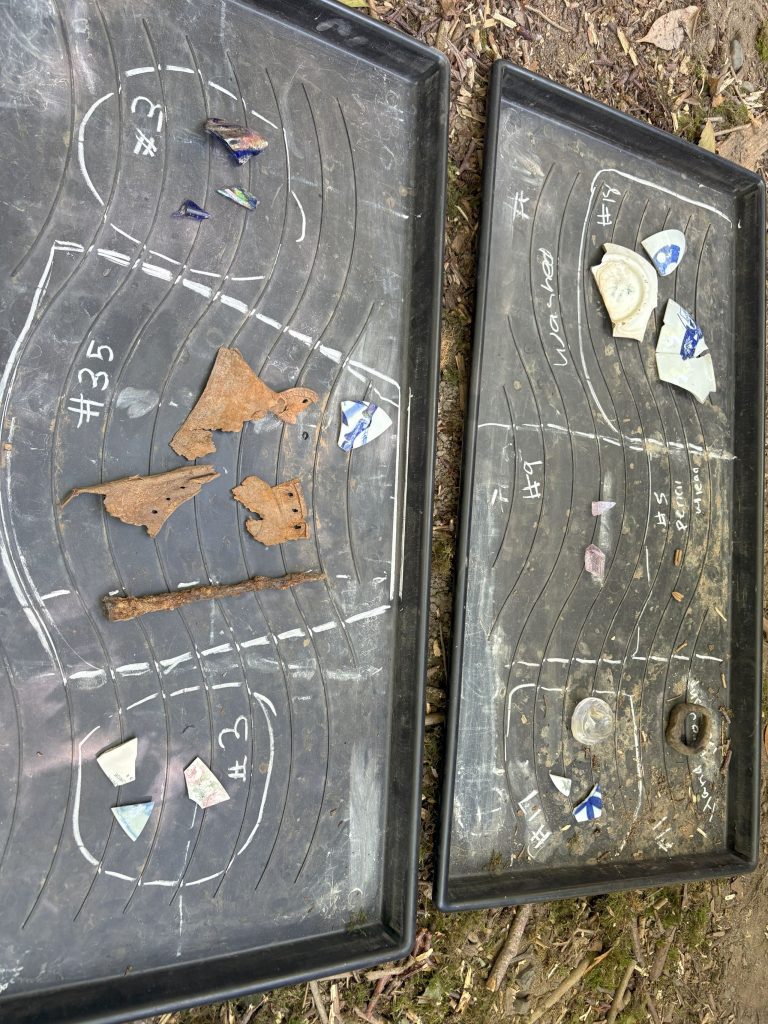
“I love when my kids get excited about stuff which is not difficult because it’s basically like a treasure hunt. They’re touching things they learned about in class and that people haven’t touched in over 100 years,” said Dr. Valentino. “I’ve had a number of collections where things are usually curated at the Burke. So you go to the Burke Museum, and you go to their archeology displays, and I see stuff that I found 10-15 years ago. It’s really cool to see.”
Students meet on the dig site from July 7 through August 1, from 8:30 a.m. until 3:30 p.m. five days a week. At the end of the course students will be awarded Anthropology college credits and also have the opportunity to pursue internship opportunities to continue a career in archeological fields.
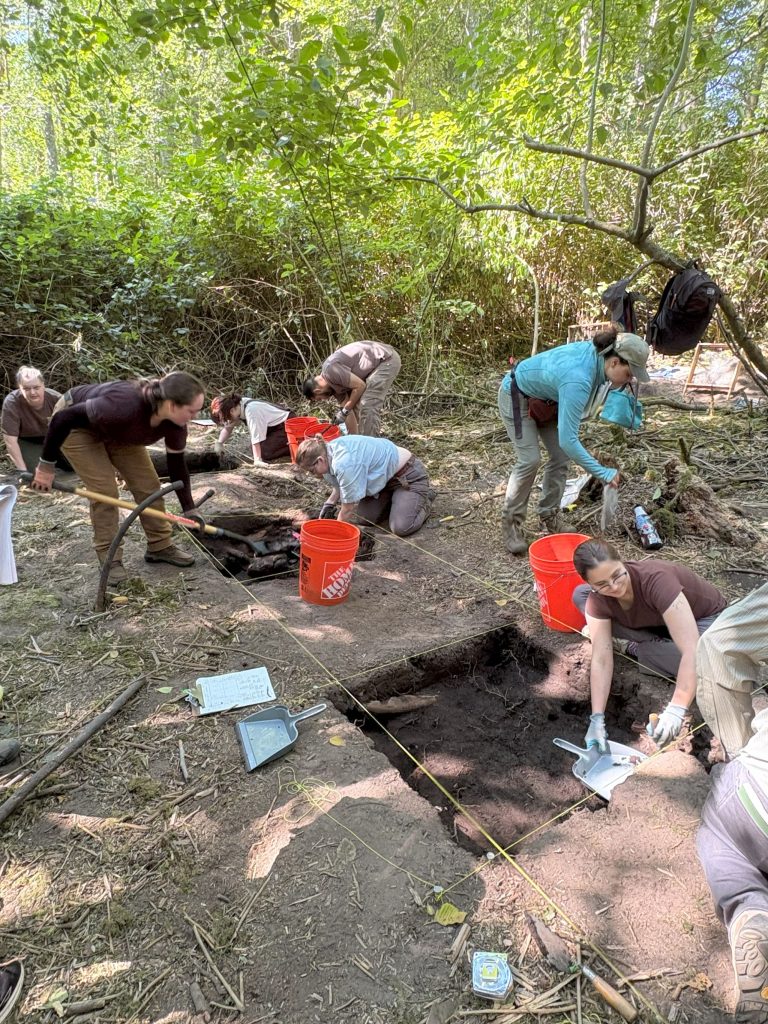
Author: Kienan Briscoe









